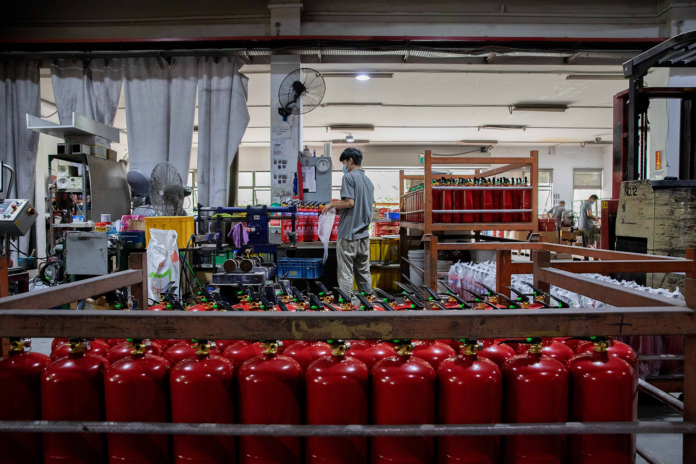SINGAPORE: A rising tide lifts all boats and Lingjack was one of the many companies that blossomed during Singapore’s industrial boom in the 70s and 80s, as the small tooling business quickly gained a foothold producing metal works for firms in the marine industry and elsewhere.
More than a generation later, the company founded by Mr Kenneth Lim’s father is an engineering conglomerate better known for its familiar Combat brand of fire extinguishers still found in many buildings today. Its business has expanded into design and engineering for the offshore industry, and its fire safety products are sold around the world.
“We’re still the only manufacturer of extinguishers to make it all in Singapore,” said Mr Lim as he looks on proudly at a full range of differently sized extinguishers, fire reels and fixtures in his Woodlands office. He now leads his father’s company as its chief executive.
READ: Singapore in ‘stable position’ in COVID-19 fight but must remain vigilant, says DPM Heng
But in recent years, his company has had to navigate choppy waters, as fluctuating oil prices, reduced global industrial production and the United States-China trade war severely hammered the maritime, oil and gas sectors.
Mr Lim said: “As a whole, (these sectors) have suffered for a number of years, but there were still pockets of growth that we could pick up on.”
And then, the COVID-19 storm hit without warning, causing further havoc. Like many others, Mr Lim found his company under siege on multiple fronts as global lockdowns, movement restrictions and a mounting recession gripped Singapore.
Lingjack’s production workers had to stay home during the circuit breaker period. It also operated a foreign worker dormitory business in its Woodlands facility that became a COVID-19 cluster when the infection tore through migrant worker communities in April.
LISTEN: Singapore’s relationship with migrant workers: It’s complicated?
READ: Singapore’s overall unemployment rate in August climbs past global financial crisis’ high
As Singapore and the rest of the world prepare to reboot their distressed economies under the shadow of COVID-19, homegrown businesses such as Lingjack have found themselves at the crossroads.
With the once-rising ride having receded at a record pace, they will have to go back to the drawing board to figure out how to survive in a new normal replete with unknowns.
In a way, Lingjack’s situation mirrors that of Singapore’s economic fortunes over the decades. Official estimates say the economy is expected to contract by up to 7 per cent this year, its worst performance since independence.
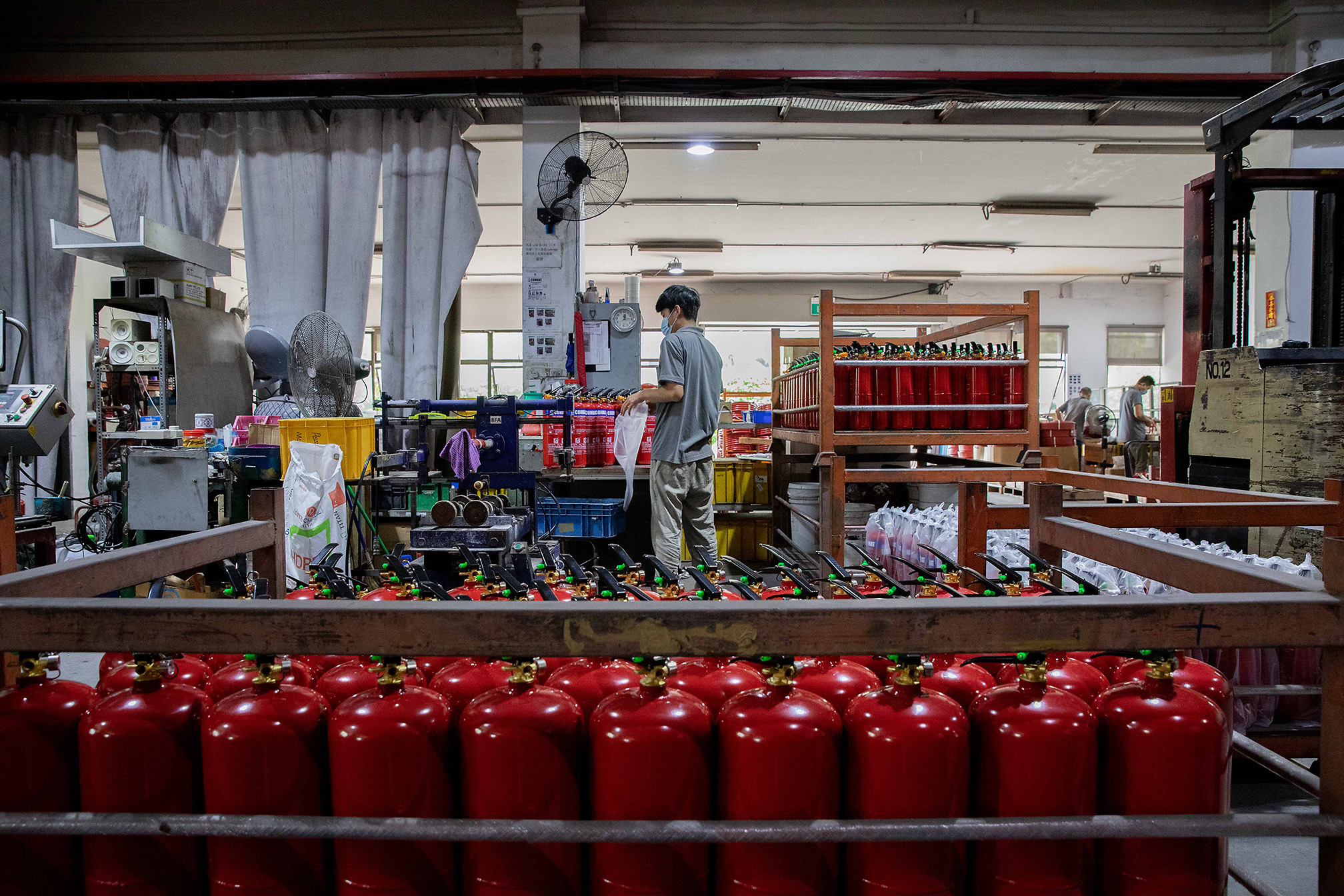
Lingjack’s production workers had to stay home during the circuit breaker period. It also operated a foreign worker dormitory business in its Woodlands facility that became a COVID-19 cluster when the infection tore through migrant worker communities in April. (Photo: Ili Nadhirah Mansor/TODAY)
It was maritime trade that turned Singapore from a post-colonial backwater to a thriving entrepot. Its openness to the world has brought in investments and talent, and its hub status in aviation, finance, and infrastructure has secured its place in the world and diversified the Republic’s overall economy.
But even the best economic model is not immune to changes and challenges as a shrinking workforce, worsening global economy and now COVID-19 have resulted in structural shifts that are forcing the nation to grapple with a fundamental question: How can Singapore reposition itself in a much-changed world?
Delivering a ministerial statement in Parliament on Monday (Oct 5), Deputy Prime Minister Heng Swee Keat stressed that Singapore is now “at a critical juncture in our economic development”.
He highlighted five structural shifts that have impacted Singapore: Weakening support for globalisation, a renewed impetus for digitalisation, the rise in Asia’s economic weight, the growing importance of sustainability and the environment, and the need to raise labour productivity.
READ: Commentary: The biggest restructuring exercise facing Singapore businesses has just begun
READ: 33,100 job seekers placed into jobs, traineeships and training opportunities under SGUnited Jobs and Skills Package
The stakes are high, said Mr Heng, as he announced further plans to refresh an economic strategy based on past industry roadmaps that cover 80 per cent of the economy.
“We must take the actions now that will allow us to not just get through COVID-19, but more crucially, gain ground that will pave the way for our next lap of economic growth in the next five to 10 years,” said Mr Heng, who is also Coordinating Minister for Economic Policies.
The Industry Transformation Maps (ITMs), as these roadmaps are called, were originally designed to help various sectors cope with technological disruption, before geopolitical issues and the pandemic came along.
Four of the six ITM clusters — manufacturing, trade and connectivity, lifestyle and the built environment sector — are under greater strain than in the past. Businesses in these sectors need to pivot quickly, said experts.
As Institute of Policy Studies’ (IPS) senior research fellow Christopher Gee put it: “We have to look beyond the present and identify what are the industries that will need to be revised completely, and what areas of strength Singapore wants to keep.
READ: Commentary: This is the end of business conferences as we know it
READ: Commentary: What the Singapore tourism vouchers are really about
“Essentially, what was 10 to 20 years of change have been compressed into a couple of years. Those who will win are the ones agile enough to transform in these one to two years,” he added.
Over the past week, we visited and interviewed six enterprises which had made decisive moves to retool their businesses and find out how they are positioning themselves for the future.
INNOVATION DURING A CRISIS
Around 64 per cent of Singapore entrepreneurs have tried new business models and learnt to improve their incomes, according to a new study by Sea Insights, the policy arm of Singapore unicorn Sea Group.
The study also found that 29 per cent of entrepreneurs had increased their use of ecommerce selling, reflecting how businesses had shifted online to capture new sources of growth.
READ: Retrenchments in Singapore spike in first half of the year, surpassing SARS peak: MOM
LISTEN: Recovery, restructuring and possibly rebound? The outlook for the Singapore economy
The study, which was conducted in June, polled around 2,000 youths and nearly 100 business owners in Singapore to find out how people are changing their habits and how businesses are turning the crisis into opportunity.
Sea’s group chief economist Santitarn Sathirathai said: “One analogy we can think of is that of a car in the midst of the storm.”
“Some drivers have, on the back of COVID-19, stepped harder on the accelerator, doubling down on their existing transformations. For other drivers, they had to pivot, turning a sharp left or right to head down a new, and unexplored pathway. For some businesses, it is about accelerating existing transformation plans such as digitalisation.”
While some companies chose to reduce their cash burn and hunker down in the pandemic, those interviewed decided not to sit still, and to adjust their business models.
For Lingjack’s Mr Lim, there was no better time, than in the middle of a health crisis, to pivot his business from a fire safety company to one that also deals in technology.
People’s attitudes and the rules of business will have changed permanently even if the crisis were to end today, he said. “There is no way we will all go back to normal.”
Fortunately for Lingjack, Mr Lim had already set the ball rolling before COVID-19 struck.
In 2017, with the help of business development agency Enterprise Singapore, he invested in research which would help him automate 90 per cent of his labour-intensive production lines.
At the time, Lingjack had faced a labour crunch — his attempts to attract Singaporeans to join his company netted zero applicants.
“It was a very agonising time. We had the buyers and overseas export demand was there, but we did not have enough people to deliver the products.”
Instead of hiring more production line workers, he brought on board software and enterprise hardware engineers to aid in the transition.
Mr Lim said this kicked off a tech renaissance in his firm — it soon developed an enterprise resource planning system in-house, which made his operations 60 per cent more efficient in terms of man-hours.
This was done using internet-enabled devices and applications to help monitor production and the maintenance of firefighting equipment.
With remote work becoming the norm in COVID-19, Mr Lim said his enterprise solutions have attracted much interest from other firms interested in streamlining their operations too.
READ: Emerging Stronger Taskforce will identify global risks, seize economic opportunities for Singapore: Desmond Lee
READ: Commentary: Soon you may be competing with talent globally. The Fortitude Budget is a wake-up call
“Since our accounting, procurement and delivery work could be digitalised and handled over the internet, it meant we could do nearly all our work off-site … which turned out to really help us during the circuit breaker,” said Mr Lim.
He is now seeking to make industry technological solutions a core part of Lingjack’s business model, using the downtime during the pandemic to prepare marketing pitches and demonstration kits for its technologies.
Just like Lingjack, local start-up Mdesign Solutions also charted a new path during COVID-19, moving from being a design consulting firm for external clients to becoming a full-fledged manufacturer of its own product.
It was COVID-19 that gave them this opportunity, said co-founders Cheong Siah Chong and Jean-Luc Fringeli.
When surgical masks were in short supply back in February, the firm came up with the idea of a reusable respirator, tapping their past experience designing a snorkeling mask for another project.
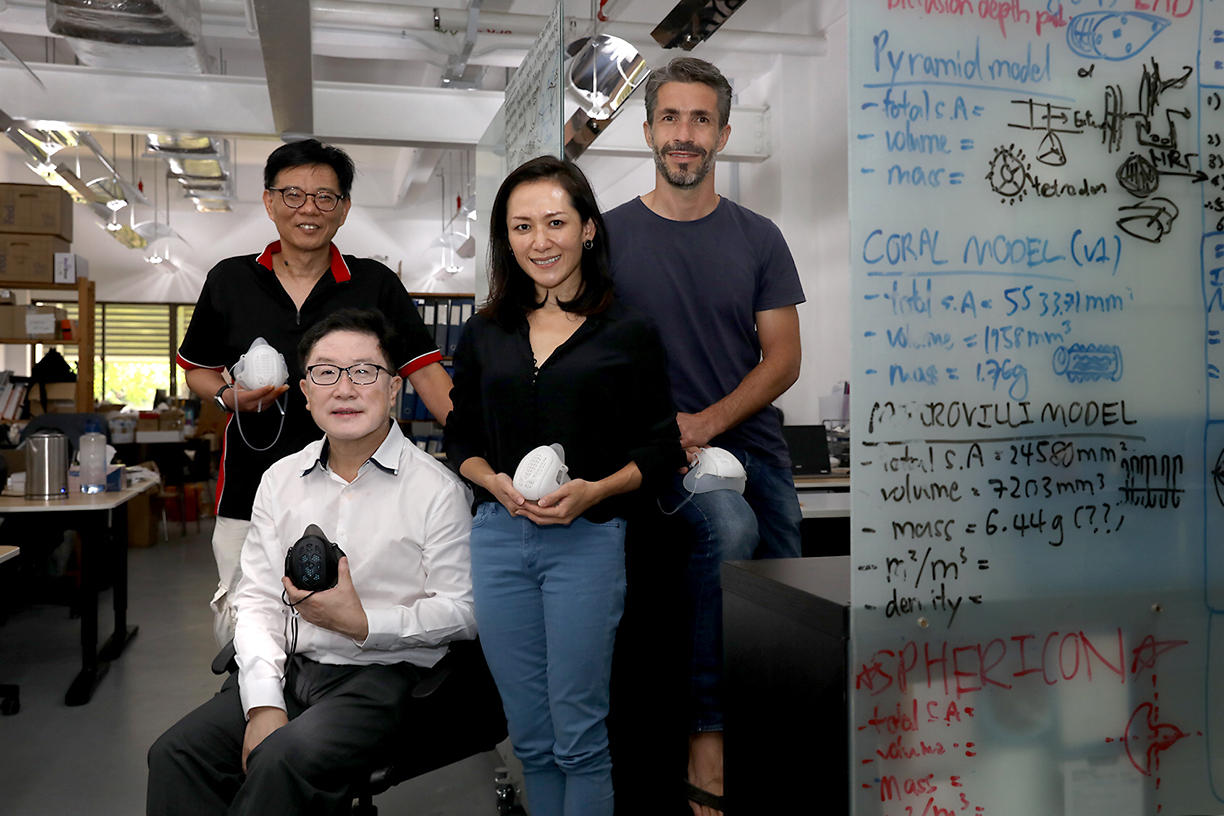
Local start-up Mdesign Solutions also charted a new path during COVID-19, moving from being a design consulting firm for external clients to becoming a full-fledged manufacturer of its own product. (Photo: Nuria Ling/TODAY)
Called Gill Mask, the firm went through multiple prototypes before coming up with a cartridge-based design that allowed less surgical mask material to be used each time the mask was worn.
But its greatest challenge was not product design, which it had expertise in. Rather, what was new to them was owning, producing and marketing the final product on their own, something the company had not done before.
Mr Cheong said: “We had to be open-minded. We had partners whom we had a relationship with as a supplier, but we had to tweak our whole relationship with them because they had to be co-investors in this product. We had a lot to learn.”
In the midst of COVID-19, they created a new standalone company Gill Labs, hired new staff and fast-tracked design and production, shipping its first batch of masks less than a month after they came up with the idea in February.
In comparison, it typically takes up to a year to create a product of this sort, said Mr Fringeli.
The team has sold around 300,000 units of the Gill Mask, 85 per cent of which is exported to other countries.
READ: Commentary: Singapore’s almost in our new normal. Don’t be the dud who jeopardises that
GROWING A BUSINESS AMID COVID-19
Mr Alvin Tan, founder of The Mind Cafe, described how his business started to decline when his young customers shifted away from the idea of cafes, which meant that he had to transform his business strategy to target corporate clients some time after the cafe was founded in 2005.
“Due to various challenges along the way and the ever-changing retail landscape, we have had to pivot our business model many times,” said Mr Tan.
Then, the pandemic affected cafe operations in the most severe way, since safe-distancing regulations heavily restricted large, prolonged gatherings in food and beverage establishments, especially ones that involved people interacting with each other over board games.
So, he transformed the business yet again by setting up a shop on online marketplace Shopee to sell board games.
But as a result of the move, sales of board games have surged since the pandemic began — Mind Cafe saw a tenfold increase of sales for the popular board game Monopoly in the first few weeks of the circuit breaker alone.
Instead of retrenching staff or downsizing his business, Mr Tan bucked the general trend facing companies: He had to hire extra hands to help manage its online product listings and to coordinate with the Shopee team on its marketing and promotional strategy.
“My team and I have decided to adapt as best as we can given the circumstances,” said Mr Tan.
While most businesses are trying out new solutions during the pandemic, a minority — 36 per cent according to Sea’s study — have not.
Dr Sathirathai said it is not uncommon to see entrepreneurs “playing defence” during a crisis situation so that the business can survive.
However, as they overcome the initial shock, some entrepreneurs will start to rethink their businesses, and may also face frictions that prevent them from adjusting, he added.
“A lack of digital skills is the most binding constraint for Singapore youths, including for entrepreneurs … Funding is also a key challenge for many entrepreneurs, with more than 20 per cent (of respondents) highlighting that they faced cash flow problems during the pandemic,” said the economist.
READ: Commentary: The future economy has arrived. It’s mostly digital and contact-free
READ: Commentary: Singapore’s Sea is world’s best performing stock. And it can do better
HOW SINGAPORE CAN TRANSFORM
While structural changes — especially of the digital kind — are inevitable, everyone from top to bottom in a company must be persuaded to come on board for the much-needed transformation to succeed.
Ms Evelyn Teo, group head of marketing at nutrition supplement retailer ONI Global, said one of the learning points from its transformation journey from a brick-and-mortar company to an ecommerce retailer was that resistance from any one department in the company could hamper the transformation process.
Ms Selena Ling, OCBC head of treasury research and strategy, said the realisation by businesses, government agencies and Singaporeans in general that much can be done online or digitally is the silver lining in the pandemic.
Among the chief priorities laid out by Mr Heng in his ministerial statement is the need to remake Singapore as a Global-Asia node of technology and innovation, whereby new ideas are born and nurtured into globally competitive enterprises.
He also highlighted how investing in economic resilience and environmental sustainability could be possible growth engines for the future economy.
Such moves are needed given the significant structural changes affecting Singapore, said Mr Heng, such as the weakening support for globalisation today.
READ: Commentary: The rise of the digital economy and tech-driven inequality
READ: Commentary: The brewing discontent with trade and one step to restoring faith in globalisation
For businesses, this means having to “de-risk” supply chains that have been hampered by geopolitics and the ongoing trade frictions between the US and China, said those interviewed.
It also means finding opportunities in this increasingly bifurcated world – the Association of Southeast Asian Nations, for example, could deepen regional supply chains and benefit from spillover effects of the global conflict.
Asked about these difficulties, Mdesign’s Mr Cheong said finding the right suppliers to partner for the Gill Masks was a challenge. They also had to rely on local universities and polytechnics to help produce the early prototypes needed.
However, it was also due to these trade tensions that the Gill Masks became a real proposition in the first place. The idea for a Singapore-designed respirator came about due to the global shortage of masks and the export restrictions when the pandemic hit, said its creators.
With governments imposing lockdowns and movement restrictions due to COVID-19, the pandemic has severely impacted industries that depend on the free movement of people, such as the tourism, transport and the meetings, incentives, conferences and exhibitions (MICE) sector.
Much attention has been placed on the tourism and aviation sectors, but businesses interviewed said the damage to the MICE industry also has a significant knock-on effect on innovation and international expansion plans in the long term.
READ: Digital venues and virtual booths: How hybrid MICE events can be piloted
Lingjack’s Mr Lim cited how he had intended to exhibit his industrial solutions at the Industrial Transformation Asia-Pacific event later this month, which is now a virtual event.
Enterprising companies such as his also rely on these conferences as springboards to the global market and to showcase their prowess, whereas those in bigger countries rely more on their track records in their domestic markets.
“We only have a small market (in Singapore). We aren’t like the tech companies in China or Silicon Valley who can simply point to their (domestic) success if they want to expand elsewhere,” said Mr Lim.
Another key structural shift is the rise in Asia’s economic weight. By 2030, South-east Asia could become the world’s fourth-biggest economy after China, the US and Europe.
When asked how such a grand vision of a Global-Asia node can succeed, Ms Ling said it is important for Singapore to achieve a first-mover advantage against its rivals.
“(There must be) policy adaptability, business innovation, worker agility and skills nimbleness, in addition to increased connectivity and openness to capital, talent and ideas,” she added, noting that the concept had been mooted in previous Budgets.
In his speech, Mr Heng also underscored the potential for the green sector to be “a growth industry in its own right” that can power Singapore’s economy.
This need arises from a growing shift towards industries that are resilient in the face of future crises, since COVID-19 is unlikely to be the last.
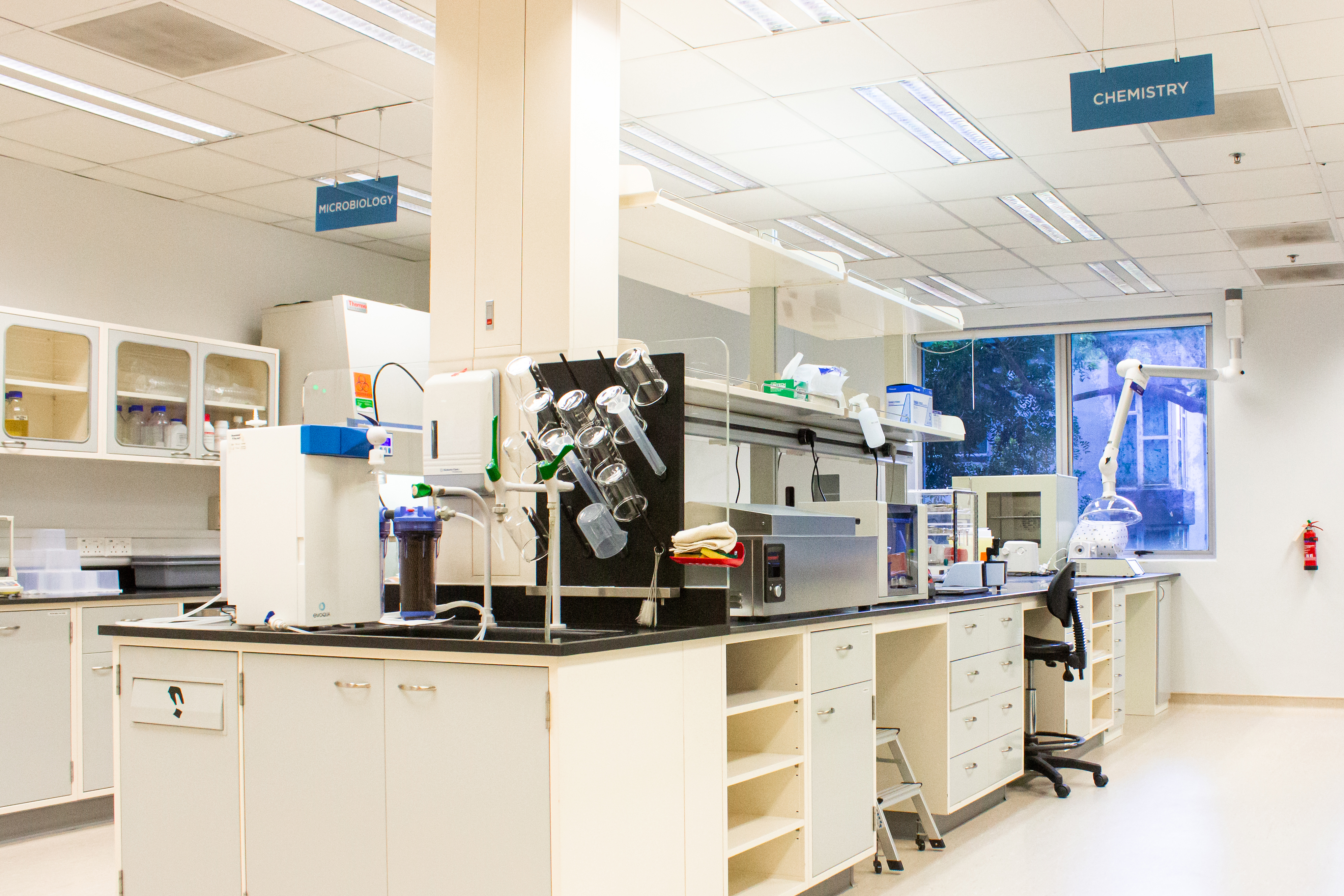
AgriProtein’s chief operating officer Ray Deidrick told TODAY that the company picked Singapore — despite the absence of a large agriculture industry here — due to its ability to attract a diverse and high quality technical team that can support the deployment of the firm’s technology globally. (Photo: AgriProtein)
He highlighted how one of the world’s leading insect protein companies, AgriProtein, decided to set up its global research and development centre in Singapore to create sustainable animal feed solutions.
Its chief operating officer Ray Deidrick said AgriProtein picked Singapore — despite the absence of a large agriculture industry here — due to its ability to attract a diverse and high quality technical team that can support the deployment of the firm’s technology globally.
Its centre hires 21 full-time scientists and engineers, as well as four interns as part of an SGUnited traineeship programme.
“The ability to partner with local universities as well as government agencies in the development of both people and the technology is also a positive aspect of being here. We believe that Singapore’s ‘30 for 30’ vision is a good match for stimulating innovative thinking for new solutions — in which we believe AgriProtein has a big role to play,” he said.
READ: Commentary: Clean meat – the next big thing in Singapore’s push towards agriculture?
The 30 by 30 goal is Singapore’s push to produce 30 per cent of its nutritional needs locally by 2030, an increase from 10 per cent today.
RELOOKING FUNDAMENTALS
The unprecedented crisis has meant policymakers, including those in Singapore, questioning the fundamentals and challenging their assumptions.
After decades of pursuing a diversified economy, could Singapore — facing structural limitations including the severely impeded flow of capital and human resources — instead focus on its competitive advantages and specialise, just as how Hong Kong’s economy is built primarily on trade and finance industries?
It potentially could, said Mr Gee, arguing that there should be some reckoning as to how certain diminished industry sectors, such as the marine and offshore sector and less productive industries such as real estate, can be cast aside in the new normal.
For example, the marine and offshore sector has not only faced economic headwinds in recent years but is also in dire straits due to its heavy reliance on low-skilled foreign workers.
Mr Gee wondered if this particular industry could pivot towards something greener, such as producing offshore wind turbines rather than offshore oil rigs.
“It has been a key pillar for Singapore’s growth in the past. But going forward, how does it fit into the main priorities for the country right now?” said Mr Gee.
However, a more specialised economy entails greater volatility and risks. After all, it was Singapore’s diversified economic structure that had given it resilience during the pandemic, Mr Heng had noted in his ministerial statement.
“No one industry accounts for much more than 20 per cent of our gross domestic product, so we do not put all our eggs in one basket,” he said.
READ: Commentary: Forces of climate action are reshaping finance in Singapore and around the world
WHAT DOES IT ALL MEAN FOR THE SINGAPORE WORKER
As businesses and industries undergo structural shifts, it is also imperative for the workforce to evolve in step with the transformation, or it would end up as a bottleneck for Singapore’s aspirations, said analysts.
Upgrading skills and raising productivity is also paramount since Singapore faces a slowing resident labour force growth in the years ahead, on top of new pressures to recalibrate the Republic’s workforce mix of locals and foreigners.
“Future economic growth will come from raising productivity across the economy,” said Mr Heng.
The goal towards upgrading skills and raising productivity is already part of the existing ITMs.
READ: Commentary: When Singapore homes become workspaces – huge changes in the house and beyond
READ: IN FOCUS: The wage debate – how to lift the salaries of those earning the least?
But the recent job situation report from the Manpower Ministry showed a large mismatch between expectations and skills. There were 117,500 job and training opportunities at the end of August, but only 33,100 jobseekers had been placed in these positions.
Some chalked it up to an unwillingness to accept unfamiliar roles or lower salaries, while other analysts said it could indicate that people are still in denial of the stark economic reality today.
Dr Sathirathai said Singapore workers first need important soft skills, such as critical thinking and creativity, in order to carve out new paths in the changed environment.
“They need empathy and leadership skills to carry their teams forward with them. They need a growth mindset and resilience, so they can experiment and constantly improve themselves in a world filled with more unknowns than ever before,” he said.
Sea’s study found a correlation between possessing digital literacy skills and being able to cope with the new ways of work and study that have emerged due to COVID-19. Around 76 per cent of youths polled who lacked digital skills also struggled with remote working.
Nevertheless, despite the glut in training and reskilling opportunities, well-performing local businesses must continue to lead the way in providing such opportunities for the rest of the industry, said experts.
Local robotics company PBA Robotics, for example, has been running a training academy for non-employees and people outside the industry since 2017. It has trained more than 700 people in robotics, automation and digital manufacturing skills.
During the COVID-19 crisis, the academy is also part of the SGUnited Mid-Career Pathways Programme to provide mid-career individuals with traineeships and training opportunities.
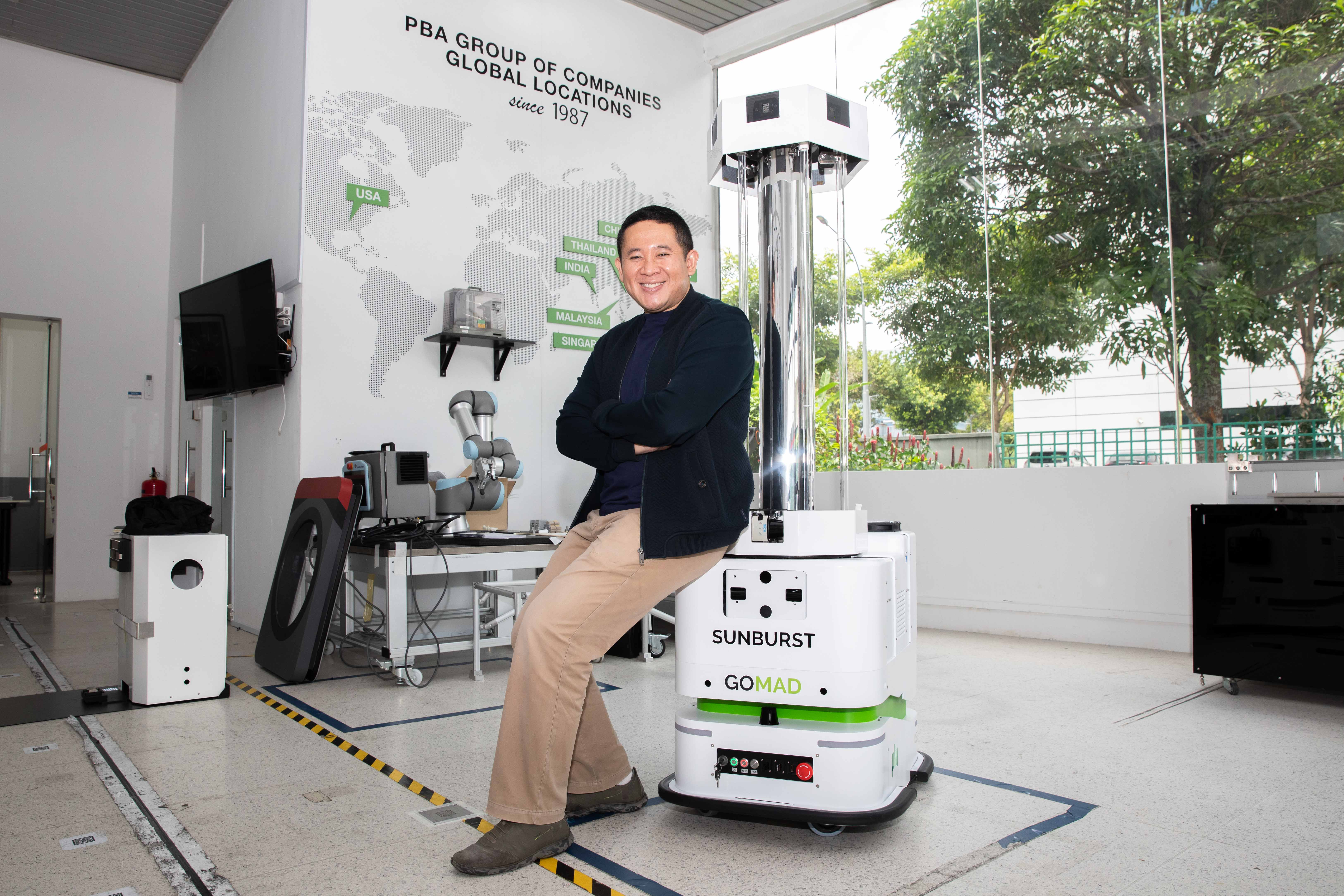
Local robotics company PBA Robotics has been running a training academy for non-employees and people outside the industry since 2017. It has trained more than 700 people in robotics, automation and digital manufacturing skills. (Photo: Ili Nadhirah Mansor/TODAY)
PBA Robotics strategy director Amrin Amin, a former Member of Parliament, said the academy’s graduates could also come from PBA’s competitors, but the company does not mind.
“We believe that Singapore needs an ecosystem. No man is an island, so the more people who understand technology and robotics, the easier it is for us to find talented engineers and design professionals too.”
For Singapore’s ambitions to be a Global-Asia innovation node to come to fruition, Mr Amrin believes that it starts with people having the right skills, the drive to challenge existing norms, and the understanding that technology is meant to improve lives rather than replacing livelihoods.
“The reality is that there’s a shortage of manpower. We’re recalibrating our foreign manpower workforce, but we also have to accept that Singapore is a small country and our birth rates are not exactly something to shout about,” he said.
Robots are one solution to meeting manpower needs for critical functions, such as cleaning and medical roles, said Mr Amrin.
In a different example of the big telcos, these large industry players should not think of themselves as traditional telecommunications service providers, but as “digital champions” in the changed landscape too, said Mr Gee.
THE GREAT BIG HOPE, BUT VACCINE IS NO PANACEA
Instead of waiting for the uncertain arrival of a viable vaccine, it is vital that Singapore has a headstart in industry and business transformation, experts said.
Mr Gee said: “If you just say that you are hoping for a vaccine and everything will go back to normal after that, it’s just harkening to the past. It’s saying that you want to protect the old business model, and that everything will be fine. In reality, that is unlikely to be true.”
Sea’s Dr Sathirathai said that the reality could well be an extended “new abnormal”, in which there is a gradual reopening of the economy, safe distancing measures continue to apply, but a vaccine is not yet available.
“Uncertainty about the duration of this period means it may not be optimal to just ‘wait it out’. And when societies have the pandemic under control, the world that awaits us will be different from the pre-COVID-19 era,” he said.
Hence, while it is understandable that businesses may be hard pressed to invest more in digital transformation while in a crisis, not doing so will hurt more in the long run, said Lingjack’s Mr Lim.
Mr Amrin agreed that the faster companies adapt, the better prepared they will be for a future crisis.
“Just looking at cloud computing, for instance, this COVID-19 crisis has shown that companies that did not invest in remote working and did not prepare their staff to have access to documents remotely, they suffered a great deal. Those better prepared could function close to normal, and that is going to be the story of tech,” he said.
Even if an antidote to COVID-19 could be found, infectious diseases expert Leong Hoe Nam was sceptical that it would mark the true end to the pandemic, especially since he expects there to be logistical issues for a number of years.
Besides the sheer volume of vaccines needed to be transported around the globe, it will also be a mammoth task since COVID-19 vaccines will likely require extensive cold chain logistics. Early vaccine candidates appear to need storage at sub-zero temperatures, said Dr Leong.
LISTEN: The COVID-19 vaccine will be the biggest product launch in history. Can we pull it off?
Some vaccines also seem to require two doses to complete the vaccination, which doubles the challenge, he said. Many people could end up reluctant to be vaccinated for COVID-19 due to unfounded fears over its side effects.
“Even if we have a vaccine, COVID-19 will be a virus with us for the rest of our lives. We will never be able to vaccinate everyone and COVID-19 will probably circulate continuously for some time, just like many other viruses,” he said.
For Singapore companies and workers, that leaves them with little choice but to swim with the tide brought upon by a pandemic-imposed new order, rather than continue to resist it.
For more news like this, visit todayonline.com
